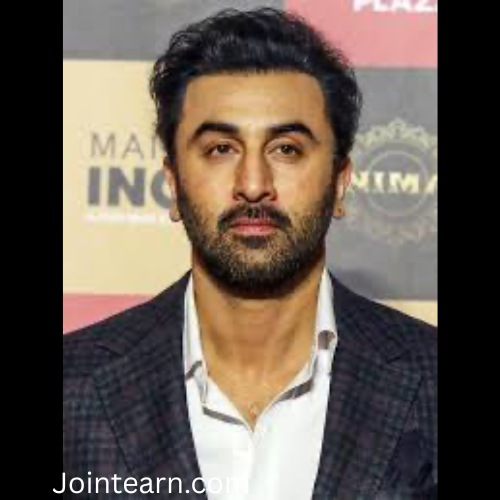Prime Minister Narendra Modi on Tuesday assured the nation that the conspirators behind the deadly car explosion near Delhi’s Red Fort would be brought to justice, even as investigations continue into the involvement of a Kashmir-based doctor linked to a terror cell that was recently busted in Faridabad.
Addressing a gathering at Changlimethang Stadium in Thimphu, Bhutan, to mark the 70th birth anniversary of the country’s former king, Modi said he had arrived in the Himalayan nation with a “heavy heart” following the horrific incident in the national capital. He revealed that he had spent much of Monday night coordinating with investigative agencies probing the explosion, which killed 13 people and injured over 20.
“I have come here with a heavy heart. The horrific incident in Delhi yesterday evening has affected everyone’s hearts. I understand the sorrow of the affected families. Today, the whole country stands with them,” Modi said in Hindi. “Our agencies will get to the bottom of this conspiracy. The conspirators behind this will not be spared. All those responsible will be brought to justice,” he added in English.
The Prime Minister, while participating in the commemorative event for Bhutan’s former king Jigme Singye Wangchuck, described the occasion as significant for those who “believe in world peace” and highlighted the strong ties between India and Bhutan. During the event, Bhutanese King Jigme Khesar Namgyel Wangchuck led thousands of people in a prayer for the victims of the blast, expressing solidarity with the affected families.
Investigation Details
Authorities have traced the car used in the Red Fort blast to a Kashmir-based doctor, Dr Umar Un Nabi, from Pulwama in Jammu and Kashmir. Two officers from Delhi Police’s Special Cell told reporters that Umar had connections with two other doctors from J&K who were recently arrested in relation to a terror cell busted in Faridabad, Haryana.
The car involved was a white Hyundai i20, and investigators believe that Umar Un Nabi was probably driving it when the explosion occurred. According to officials, the car had slowed down at a red light near the Red Fort before the blast took place, which also damaged several nearby vehicles. The impact of the explosion was deadly, claiming 13 lives and injuring at least 21 people.
Authorities are continuing to probe Umar’s role in the incident and his links to the terror network. The investigation is also focusing on whether the blast was a planned suicide attack, as Umar has been missing since the recent Faridabad terror cell arrests. Police are conducting DNA tests on the bodies recovered from the site to confirm whether Umar was among the deceased.
Context and Security Implications
The Red Fort explosion has raised urgent questions about internal security in the national capital, coming only days after authorities seized nearly 2,900 kilograms of explosives from the Faridabad terror module. The scale of the Faridabad seizure, along with the suspected involvement of Kashmir-based doctors in terror-related activities, has highlighted the sophisticated nature of the network and the need for heightened vigilance.
Prime Minister Modi’s statement from Bhutan underscored the central government’s commitment to ensuring accountability and swiftly addressing threats to national security. While officials have not yet attributed the blast to any particular terrorist organization, preliminary investigations suggest strong links between the individuals involved and previously busted terror modules.
Public and Political Reactions
The blast has triggered widespread concern and condemnation across India. Political leaders, civil society members, and citizens have expressed shock over the scale and timing of the explosion in a densely populated historic area. The incident has also drawn attention to potential lapses in security arrangements in central Delhi, with calls for a thorough review of law enforcement preparedness in sensitive areas.
Meanwhile, Prime Minister Modi balanced his remarks about the tragedy with the broader significance of his visit to Bhutan. The 70th birth anniversary celebrations for former King Jigme Singye Wangchuck were attended by thousands, reflecting the strong cultural and diplomatic ties between the two nations. Modi emphasized that while the country mourned the victims of the blast, India’s commitment to international cooperation and regional peace remained unwavering.
Next Steps in Investigation
Delhi Police and other investigative agencies are coordinating closely to trace all links between the Red Fort blast and the Faridabad terror module. Authorities have been piecing together the movements of Umar Un Nabi, tracing the ownership of the Hyundai i20, and identifying his connections with the recently arrested doctors in Faridabad. Forensic experts are examining samples collected from the blast site, and DNA testing is underway to confirm the identities of those killed in the explosion.
Officials have emphasized that the investigation will be conducted in a meticulous and time-bound manner, and that any conspirators, once identified, will face strict legal action. The Prime Minister’s statements from Bhutan were intended to reassure the public that the government is fully committed to counterterrorism measures and to ensuring the safety of citizens in the national capital and across the country.
Conclusion
The Red Fort blast has left a deep scar on the heart of Delhi, both physically and emotionally, affecting families, residents, and businesses in the surrounding areas. While the investigation is ongoing, Prime Minister Modi’s assurances signal the government’s resolve to hold the perpetrators accountable. The incident also highlights the challenges faced by security agencies in monitoring sophisticated terror networks that operate across multiple states and the importance of preventive measures, intelligence sharing, and rapid response mechanisms in protecting national security.
As investigations continue, authorities are expected to provide updates on Umar Un Nabi’s involvement, the extent of the Faridabad terror module, and the broader implications for security protocols in the national capital.


Leave a Reply